The designer of the original Lotus Elise has reimagined his seminal sports car as a rapid-charging EV for the modern era, hosting highly advanced battery hardware from a British-based technology firm.
Storied designer Julian Thomson, now at General Motors but best known for the Elise S1 (as well as various Volkswagen Group concepts and the Evoque-previewing Range Rover LRX concept), has revisited the lightweight two-seater to create a flagship concept car for the Warwick-based Callum design agency founded by his one-time boss, ex-JLR design head Ian Callum.
First conceived in 2021 by Thomson and brought to fruition by Callum’s eponymous design house after Thomson joined GM, the concept is also a fully functioning technology demonstrator for Cambridge-based Nyobolt, a battery start-up which says its tungsten anodes can slash EV charging times to “just a few minutes”.
“Batteries are no longer the limiting factor in electric car development,” said the firm, which hopes its patented fast-charging technology will "unlock the potential of battery performance", and adds that it is “manufacturable and scalable right now, and will make recharging as convenient as refuelling a petrol or diesel car."
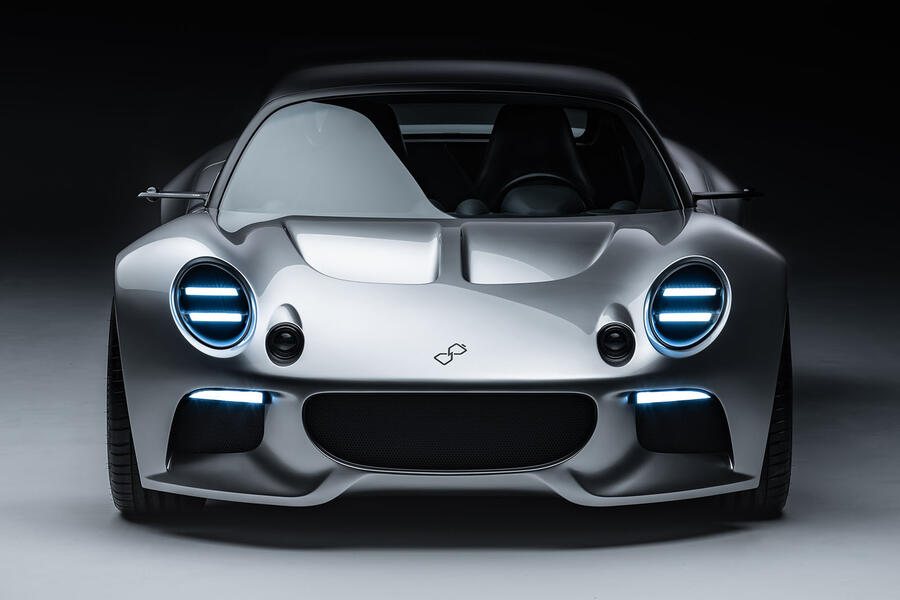
Nyobolt announced that it had closed a £50m funding round in 2022, and says it can begin production of its radical new batteries in 2024.
It plans to open a materials manufacturing site in the UK, and hopes to ultimately produce “millions” of units for a range of applications including home appliances, robotics, energy storage and cars.
Nyobolt says its batteries are smaller and lighter than those used by EVs today – meaning the cars themselves can be, too – and the 35kWh unit here can be fully charged (to give a 155-mile range) in just six minutes, using existing infrastructure. Nyobolt claims its batteries can undergo more than 2000 fast-charge cycles without "significant performance loss".
The quicker charging capacity touted by the Nyobolt EV concept has been achieved by simplifying the charging process to its bare components, the company says. New materials, cell designs and software controls have been developed to make the battery more powerful and efficient.


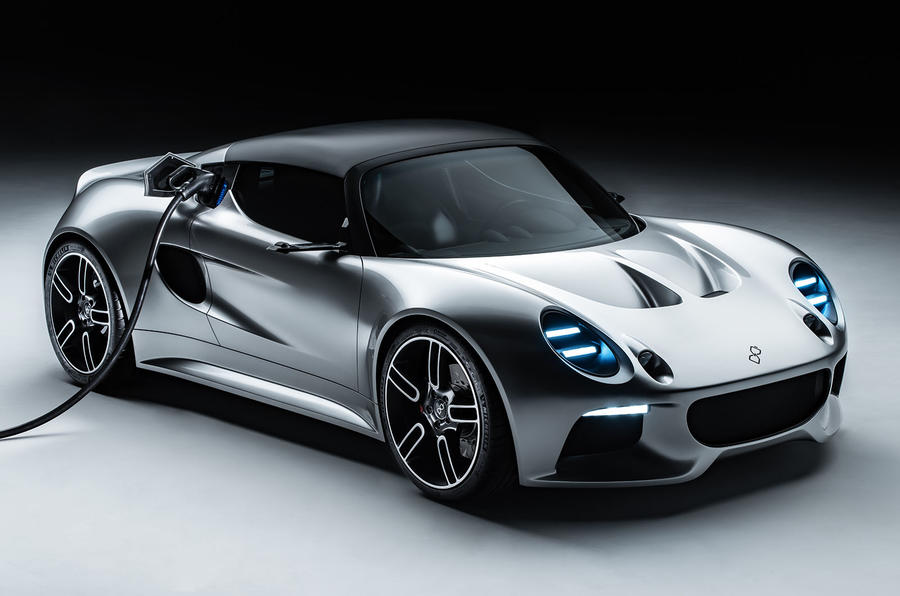



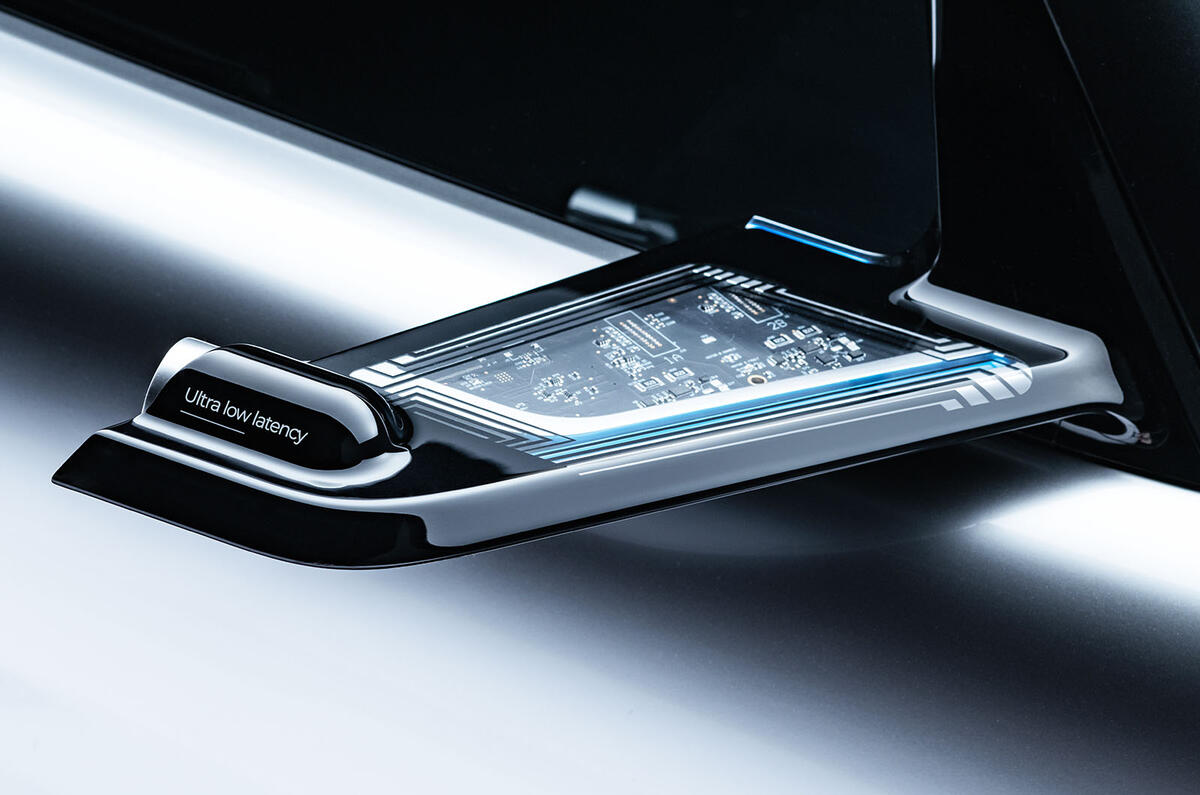



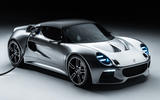









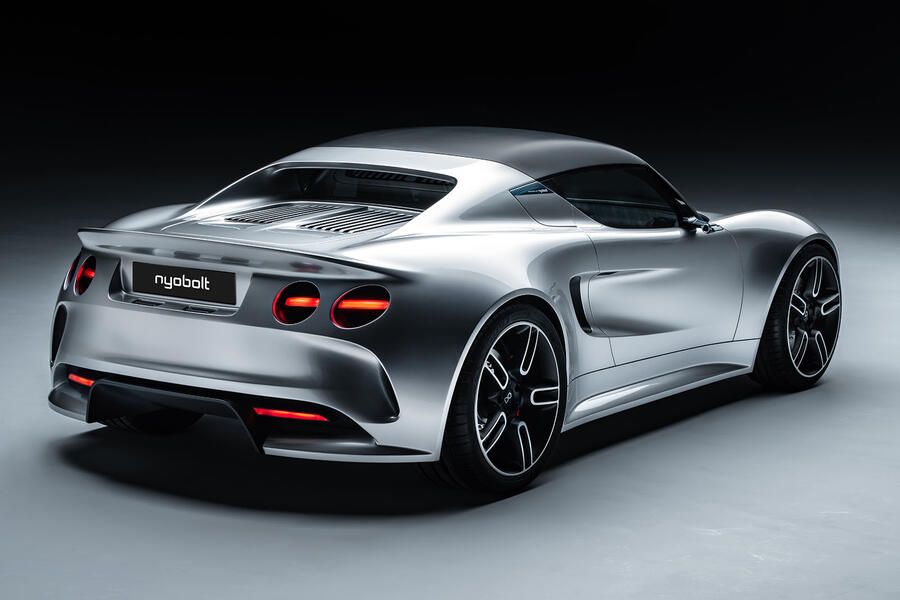






Add your comment